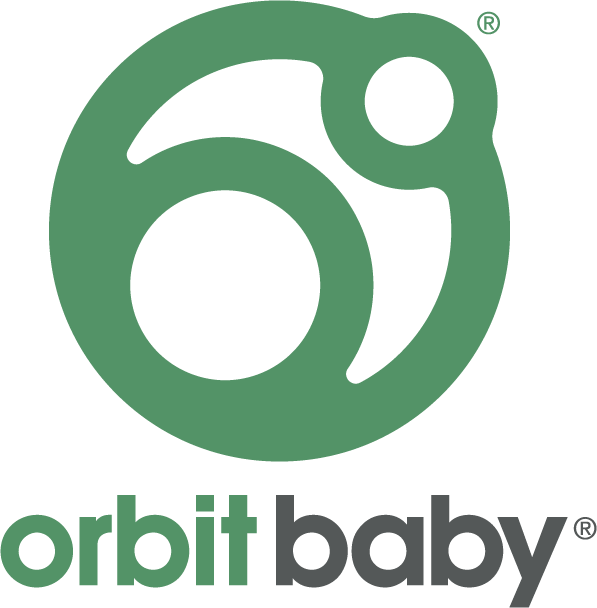Teaching Gratitude

The plastic cauldron spilled over. The wicker basket bulged under the weight of the bounty it held. And if these costume props—which my littles had filled to the brim during a bout of gleeful trick-or-treating the night before—weren’t enough indication of how much fun they’d had during their first big Halloween experience, a quick glance at the kitchen waste basket revealed proof of the thrilling novelty of having been allowed to scarf down a little candy just before bedtime.
Yet, even before that initial sugar rush had fully worked its way out of their systems, here I was the next morning, tearing down the faux cobwebs from the mantel and stringing up a felt banner composed of tastefully neutral fall tones.
GIVE THANKS, the banner said.
And I did. Because on an aesthetic level alone, I was ready to move on to another holiday.
Being grateful for what we have—our health, a safe home, and most of all, one another—has been a conscious effort for me to both practice and pass down since becoming a parent. As a family, we try to put that gratitude into words intentionally before we eat a meal together and when we’re saying our goodnights. But on that particular day, when I walked past the fireplace again and saw it put to words on the same string of felted letters that I kept stored away in a plastic tote eleven months out of the year, the words struck me as purely decorative.
To say nothing of the fact that when my daughter inquired about the banner and I replied with what it said, she wanted to know why the word that she had heard before was being scrambled up. “Isn’t it Thanks-giving, not Give-thanks-ing?” she asked.
I looked up at the banner and, now somewhat perplexed myself, said, “I guess this sign is just telling us what to do. Kind of bossy, huh?” We both laughed.
But that was, in fact, my issue with the banner this year. My parenting style has always been to take a more active rather than prescriptive approach to teaching our kids how to do this whole being-a-person-in-the-world thing. When they smothered my face with sloppy kisses, I enthusiastically thanked them. When they handed me cracked acorns during neighborhood walks, I was thrilled to receive such treasures. And as they began to navigate a broader understanding of their place in the world, we tried to put into practice the way that sharing what we have with others generates an appreciation for our own blessings. And yet here I was now treating the idea of gratitude as a superficial placeholder between spooky cobwebs and Christmas stockings.
Later that day, I looked on as the kids dove right back into their joy of the night before. Together, they rummaged through their candy hauls, separating items by size and placing Halloween stickers on their foreheads. My daughter talked and talked about the creative costume that she’d loved dreaming up on her own. My son giggled with glee remembering the festive decorations on display in front of a neighboring house. I suspected that if I were to ask them what they were thankful for at that moment, they would have named the very same things that had them buzzing with excitement and sugary goodness right then.
I understood the big picture. Through experiencing loss, I’ve become all too aware that every day we have together is a gift. But watching the kids that day, I was reminded that gratitude is an outlook that recognizes abundance in all of the parts of our lives. Even the so-called small moments. Rather than being like me, waking up and immediately moving on to the next thing, the kids’ innocence allowed them to remain thankful for the bounty of candy, knickknacks, and memories that were still so fresh for them.
I realized that my littles were teaching me what I had been trying to teach them since they were born. They were modeling the beauty of being thankful simply for the moment that they found themselves in. Theirs wasn’t a catch-phrase on a decorative banner, but rather the real deal kind of physical gratitude that makes you spin around and belly laugh, and gets stuck right in between your teeth.







